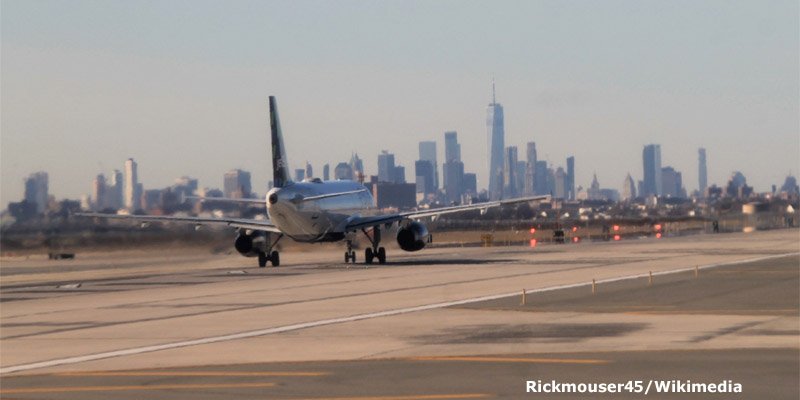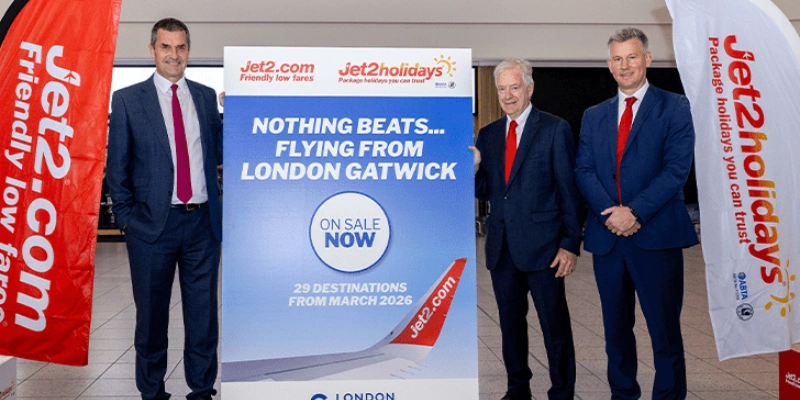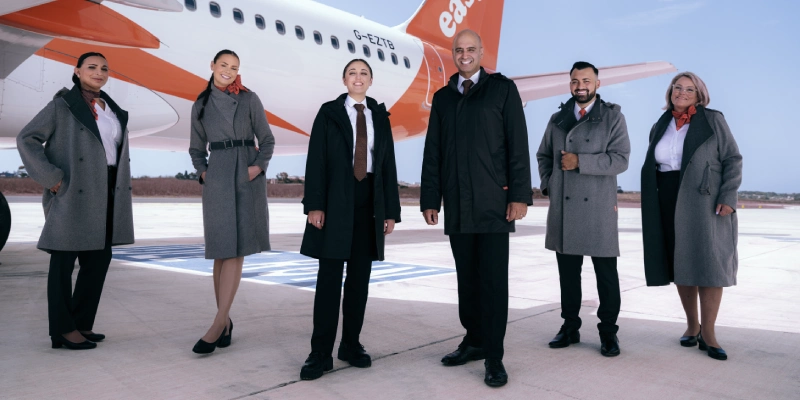U.S. air safety regulators are facing new questions following recent near-collisions at U.S. airports, further challenging the growing aviation industry in the face of rising demand.
The U.S. Federal Aviation Administration (FAA) is already facing questions after it ordered in January the temporary grounding of aircraft across the country for the first time since the September 11, 2001 attacks due to problems with the security alert system.
At a Senate hearing last Wednesday, Republican Sen. Ted Cruz released a reconstruction of the events of Feb. 4 at Austin-Bergstrom Airport, when a FedEx cargo plane in the landing phase nearly collided with a Southwest Airlines passenger plane that was about to take off.
→ Putin reportedly approved handing over to separatists missile that downed flight MH17 in Ukraine
FAA acting director Billy Nolen said the incident remains under investigation. “We will go as far as the facts take us,” he added.
In recent weeks, two other near-collision incidents have drawn national attention.
On January 13, an American Airlines jet taking off from New York’s JFK International Airport bound for London crossed a runway without authorization and came within 500 meters of a Delta jet bound for the Dominican Republic, according to a preliminary report from the National Transportation Safety Board (NTSB).
The agency announced last week the investigation of a third incident on Dec. 18 when United Airlines Flight 1722 lost altitude after takeoff from the island of Maui, Hawaii. The aircraft was able to recover and return to a safe trajectory.
The flight came within 800 feet (about 243 meters) of crashing into the Pacific Ocean, according to media reports weeks later.
No one was injured in either incident.
However, in recent hearings on Capitol Hill several lawmakers have pointed out the problems. House transportation chair Rep. Sam Graves said the incident at JFK showed that U.S. aviation “needs urgent attention.”
These incidents come at a time when the FAA is also under scrutiny for the Jan. 11 temporary cessation of flights, which was caused by problems with the Notifications of Air Missions (NOTAM) system.
Nolen told a Senate panel last Wednesday that the agency had made changes to avoid another cessation of flights, but that a major upgrade to the system would not be ready before 2025.
‘No obvious relationship’
Mike Stengel, a partner at consulting firm AeroDynamic Advisory, said there was no “obvious relationship” between these events.
“My reading is that it’s been a chain of incidents that need attention,” Stengel said, noting that an immediate reassessment beyond the FAA and commercial airlines is urgent.
→ Colombia will have a modern Center for Air Accident Investigation
But Jim Hall, former head of the NTSB, said the incidents suggested “an erosion of air safety,” following problems with the Boeing 737 MAX, which had two fatal crashes after faulty certification of the plane by the FAA.
“It’s very troubling,” said Hall, who noted that the FAA faces major challenges in the near term, including establishing protocols for certifying air cabs and regulating airlines as they revamp staffing after the pandemic.
“The question is: Is the FAA prepared for the future?” said Hall.
“It is time for Congress and FAA leadership to take a very close look at whether the FAA is structured, funded and staffed for the aviation of the future.”
The difficulties come amid forecasts that demand for air travel is recovering and is on pace to surpass its pre-pandemic levels by 2023. However, some industry experts warned that supply chain and personnel shortages could be a challenge.
There will be no ‘complacency’
In presentations to Congress, Nolen and other FAA officials stressed that the agency’s role has been to ensure that no major accidents have occurred since 2009.
In response to these incidents, Nolen announced that a safety summit is underway in March, as well as reviews of safety information exchanges and air traffic organization.
Michel Merluzeau, director of space and defense analysis consultancy AIR, said he was not too concerned about the latest incidents, noting that technological improvements in systems have greatly improved to prevent accidents.
But the FAA has been “very slow and bureaucratic” in adopting some new systems. Also, the agency has had trouble keeping up with higher-volume, fast-growing airports such as Austin and Phoenix.
“The workload of air traffic controllers has become heavier and heavier,” the manager said in a mail to AFP.
Related Topics
Ryanair to Connect Castellón with Manchester and Bologna in Summer 2026
Jet2 to Launch Flights from London Gatwick Airport for First Time Starting in 2026
easyJet Unveils New Crew Uniform as Part of its 30th Anniversary
Ryanair Opens New 737 “Gamechanger” Crew Training Centre in Madrid

Plataforma Informativa de Aviación Comercial con 13 años de trayectoria.




